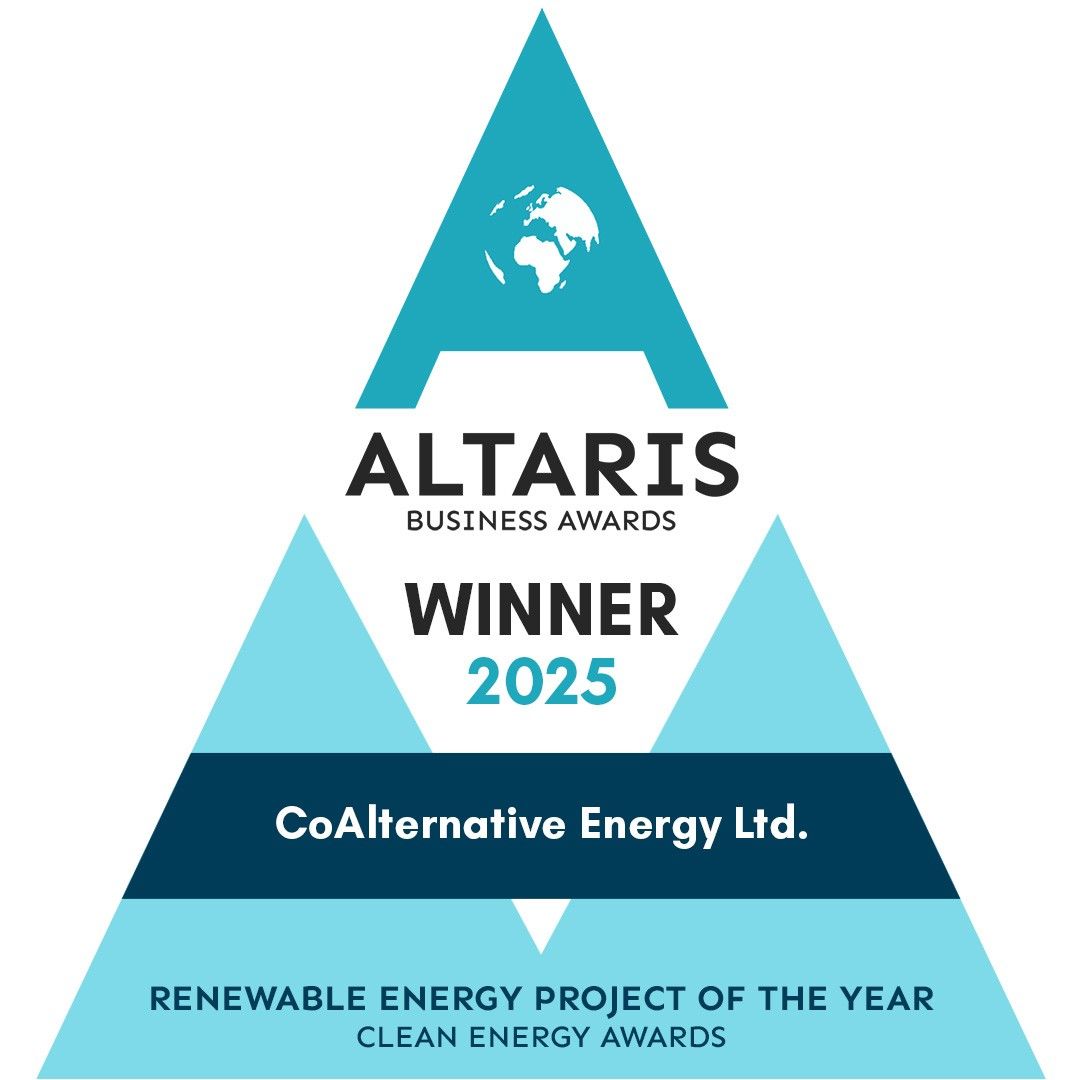ESG criteria
Our DNA
The building blocks of our success form the basis of our entrepreneurial thinking and acting.
"Environmental Social Governance" (ESG) stands for social responsibility in the sense of sustainable management and is the guideline of our actions.
We include various criteria such as the environment, working conditions, human rights and fair business practices.
The ESG approach provides information about an investment that goes beyond the classic financial indicators. This not only applies to the environmental aspect, eg through climate and resource protection.
Look at the criteria...
...in addition, the social dimension - e.g. dealing with employees and compliance with human rights - as well as the principles of sustainable corporate management - e.g. dealing with corruption risks.
Together with investors, the United Nations have defined six principles on how the ESG criteria should be incorporated into the investment process. The signatory investor organizations of these "Principles for Responsible Investment" (PRI) undertake to work towards the consideration of the criteria in the investment process and to report on this.
The criterion considers the extent to which a company pollutes the environment, emits greenhouse gases or pollutants, consumes resources or uses energy efficiently. Climate risks in particular are gaining in importance here:
Climate change is not only an environmental problem, but also an economic threat. It could "endanger hundreds of millions of lives, trillions of dollars in economic power, and the world's physical and natural capital," predicts a 2020 McKinsey study.
The current risk report of the World Economic Forum Davos (WEF) assigns the three greatest risks worldwide for the next ten years to the area of the environment:
- Climate change failure extreme weather events and biodiversity loss.
Due to the high weighting given to these problems, those players in the financial market who contribute to solving the challenges could become more important.
Areas analyzed e.g. under Environment:
- Strategies and plans to mitigate climate changePolicies and plans to adapt to climate changeCO₂ reduction towards CO₂ neutralityUse of renewable energies such as wind power or solarImproving energy management for greater energy efficiencyProtection of natural resources along the entire value chain: reduction, efficiency, recyclingUse of sustainable products, technologies and Infrastructures Holistic building management (ecological use of materials, energy, water, air) Contributions to air pollution control
Comprehensive water management:
- Savings, reuse, environmentally friendly waste water treatmentTransition to sustainable mobility, logistics optimizationProtection of biological diversity





